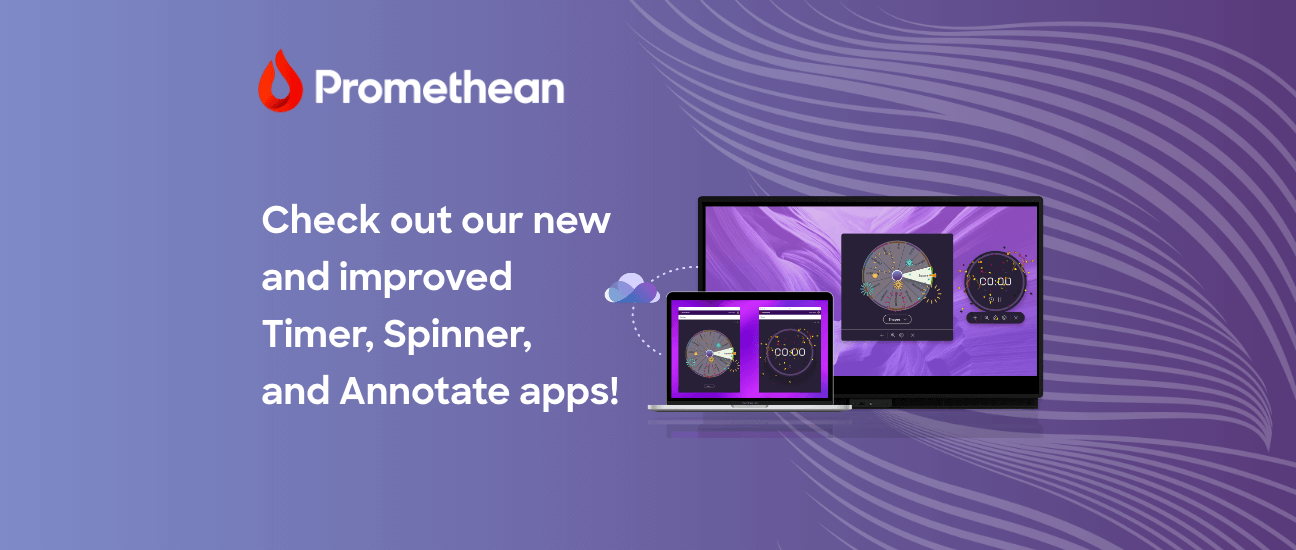Living in an increasingly digitised, connected world opens up a vast array of wonderful possibilities for teaching that could have never been possible even ten years ago, it also comes with a host of distractions and interruptions. Alongside these uninvited guests in our lives, brain fog seems to be on the rise.
For those who have been working from home during lockdown periods, all of these interruptions are even harder to ignore. Thankfully, the basic principles of Cognitive Load Theory (CLT) can offer some practical ways to help thin the fog for students and teachers alike.
The basics:
Pioneered by Australian John Sweller, CLT sees the brain as a processor with two major memory systems: your working memory, where incoming information is input, and your long-term memory, where processed memories are stored into, and can be retrieved from.
Our working memory is where we are susceptible to inefficiencies and loss of information through cognitive overload. If information is presented in a manner that is over complicated, or too much too quickly, it is unlikely to be stored for proper retrieval.
Anxiety also contributes to the fog, as worries take over the limited processing space of the brain, reducing the capacity of our working memory.
Overload can come through boredom and interruption as well. Social media and the ever-connected nature of the internet offer a host of distractions that can interfere with thought processes throughout the day.
Modern life can put a real strain on our mental capacity!
How to fight the fog:
- Get your routines down: setting up and sticking to routines, even as simple as turning on your edtech equipment at the start of the day so it is ready to go when needed, can prevent disruption that may block on mental capacity.
- Break it down: if there’s a problem on your mind that seems too large to think about, separate it into manageable chunks. Use the Promethean Instant Whiteboard App to visualise, erase, and save for the future.
- Disconnect: place your phone where you can’t see it and close email and social media tabs whenever you can, especially if you’re working from home. This may sound simple, but it’s easier said than done (and an even easier habit to break).
- Brain breaks: taking a moment to pause gives the brain time to process. In his research, Sweller recommends 20-30 minutes of work, with five minute refresher breaks in between. Get the whole class involved in a fun activity, and feel an instant energy injection afterwards!
- Plan ahead: If you’re anxious about future situations, set up a plan and write it down! A tangible answer to hypothetical problems can be a great stress-reliever, and can allow you to give your full attention to the tasks at hand.
If you’re looking to see whether your students have a case of brain fog, read our blog on how to measure student engagement!




